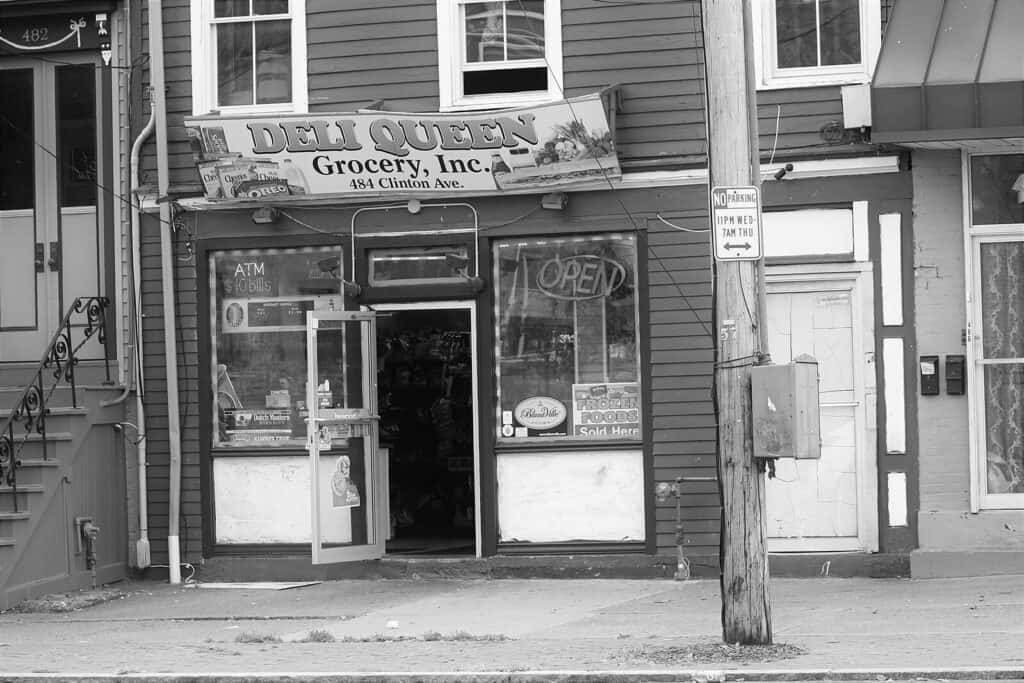In an article for Bloomberg’s CityLab, Linda Baker writes of one success story in Spokane, Washington. There, the transformation of an old, vacant building in the city’s Perry District into the popular Grain Shed bakery and brewpub demonstrates the power of updated zoning laws. The 2018 revival of this corner spot was made possible by Spokane’s decision to rezone historical storefronts, allowing them to return to their commercial roots, even in traditionally residential areas. Spokane’s planning director, Spencer Gardner, noted how community members have welcomed the opportunity to bring back local shops and services within walking distance, contributing to neighborhood cohesion and sustainability.
This trend toward reintroducing small businesses in residential neighborhoods is part of a broader movement toward creating “15-minute cities,” where residents can access essential services by foot or bicycle. Cities like Seattle, Louisville and Baltimore are also reevaluating outdated zoning regulations that once prioritized car-centric, large-scale retail developments over community-focused commerce. The return of these corner stores not only reduces the need for car trips but also strengthens the fabric of neighborhoods by providing “third spaces” where people can gather and connect.
However, the revival of corner stores isn’t without its challenges. Small business owners still face tough competition from retail giants like Amazon and Walmart. Gentrification concerns are also front and center in cities where these stores risk becoming high-end amenities, catering only to affluent residents. Bob Gibbs, a retail expert, emphasizes the importance of supporting both wealthy and lower-income neighborhoods in this retail renaissance. In lower-income areas, corner stores can address food deserts, but many struggle to stock fresh, healthy options without the purchasing power of larger chains.
Innovative programs like Philadelphia’s Healthy Corner Store Initiative are helping these small businesses thrive by subsidizing fresh produce sales and offering marketing materials to promote healthier food choices. These efforts, combined with zoning reforms, aim to create a retail environment that serves a diverse population while maintaining the cultural and historical integrity of neighborhoods.
In cities like Seattle, residents are showing overwhelming support for bringing corner stores back, viewing them as a solution to long-standing issues like traffic congestion, lack of local services, and the growing need for community-centered retail. During a public comment period, residents urged city planners to allow these stores on every block, not just the corners, reflecting the widespread desire for more accessible, walkable neighborhoods.
While the path forward isn’t without obstacles, the corner store revival is a promising step toward a future where urban life is once again defined by local, small-scale businesses that foster both economic opportunity and social cohesion.
